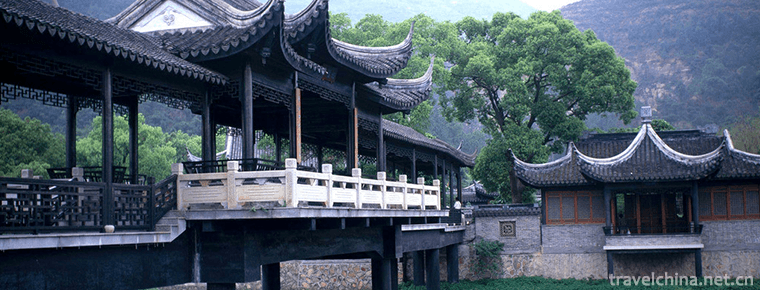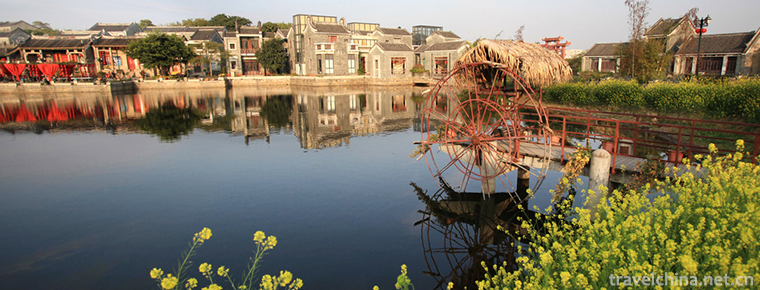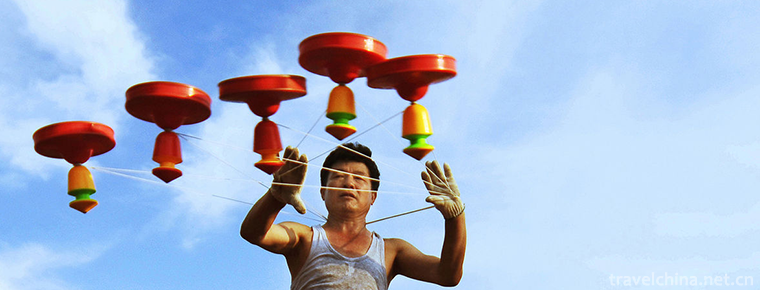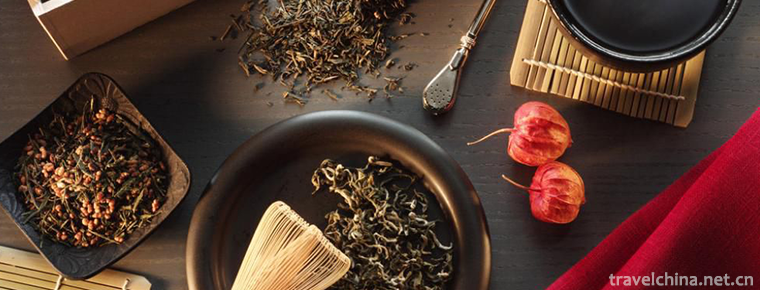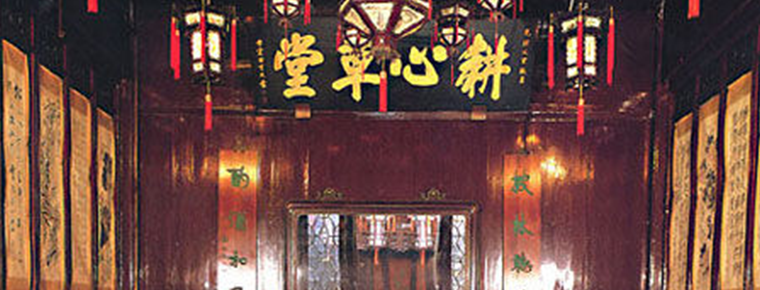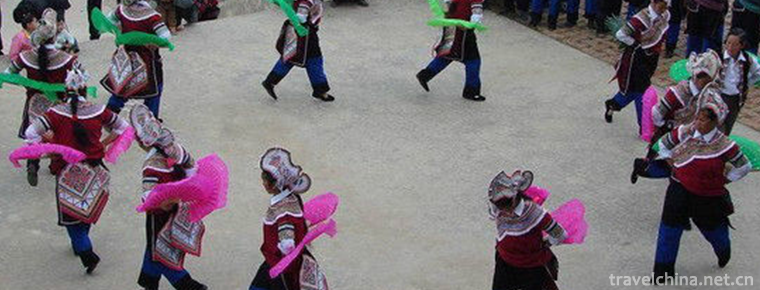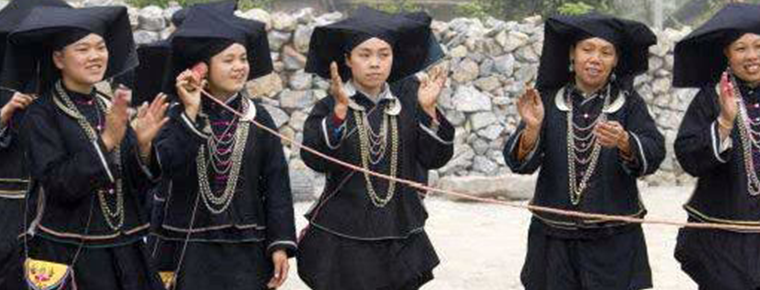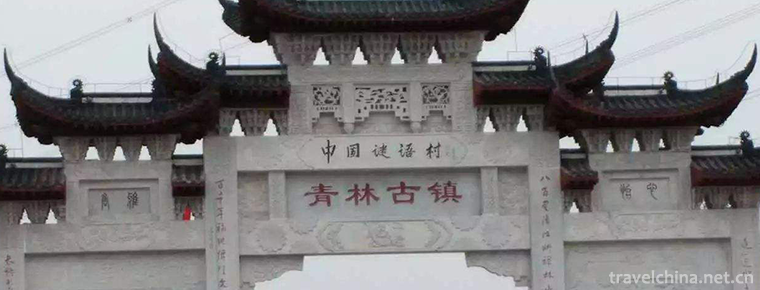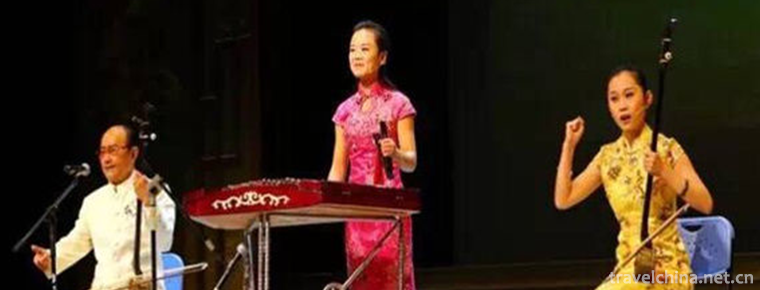Langmu Temple
Langmu Temple
Langmusi town is a small town under the jurisdiction of Luqu County, Gannan Tibetan Autonomous Prefecture, Gansu Province, and Ruoergai County, Aba Tibetan and Qiang Autonomous Prefecture, Sichuan Province. Among them, saichi temple in Jiangbei belongs to Luqu County of Gansu Province, also known as "dacanglangmusaichi Temple". In the south of the Yangtze River, it is geldi temple, belonging to Ruoergai County in Sichuan Province, also known as "dacanglangmugerdi Temple". Both temples belong to Gelug Sect of Tibetan Buddhism.
Environmental Science
A small stream flows through the town. Although it is less than 2 meters wide, it is called "Bailong River". Xibei is the "saichi Temple" in Gansu Province, and the south bank is andoda Canglang wooden temple in Ruoergai County, Sichuan Province. There is a mosque of Hui nationality in the middle. Two Tibetan Buddhist temples face each other across the river.
A stream is a combination of Tibetan and Hui peoples who coexist peacefully. Lama temples and mosques exist in different places. People on both sides of the stream express their adherence to faith in different ways.
present situation
Today, Langmu temple is located at the junction of Sichuan and Gansu, which has been a sacred place for people of Sichuan, Gansu and Qinghai to worship the black tiger goddess since ancient times.
After the rise of Tibetan Buddhism, the temple has been built there for thousands of years, but it is still named "tiger cave fairy Temple" - Langmu temple.
What's more, in Dacang Langmu temple in Sichuan, the legendary old grandmother Langmu is most respected by the public. The cave where she used to live is the Holy Land in the holy land. The spring water gushing out of the cave is the source of Bailong River, one of the main sources of Jialing River.
Langmu temple is divided into two parts. One is Dacang Langmu temple, also known as geldi temple. Tiger cave, fairy cave, Langmu Temple Grand Canyon and Buddha relic are all located on this side of Sichuan Langmu temple.
The other is the Gansu temple, also known as saichi temple. In the direction of the celestial burial platform, the two temples watch each other across the stream.
Despite its growing popularity, Langmu temple is still a quiet and unique town.
Practical information
Best travel time
May September is the best. At this time, the temperature was cool and pleasant, and the grassland was full of Gesang flowers. But in winter, the climate is cold, but there are rich Buddhist activities.
Dress Guide
The weather is obviously cold and windy in the mountains. If you go in summer, you should take a coat. It will be cool in the morning and evening. If you go in winter, you should take warm keeping measures. Hat and gloves are indispensable.
Catering and accommodation
Langmusi town has a complete range of accommodation, including hotels, B & B, youth hostels and other high and low-grade accommodation places with prices ranging from tens to hundreds of yuan, which can be selected according to the demand.
In many characteristic Tibetan Inns or youth brigades, every night there will be Inn owners, local Tibetan friends and tourists to sing and talk, very happy.
There are also many restaurants in the town, most of which are Tibetan food and Sichuan food. If you can't get used to it, there is also a Lisa restaurant that can provide Western food (the distinctive apple pie and yak meat hamburger are famous among overseas Backpackers, but the price is not cheap). Because the local poor materials are mostly transported from outside, the price is slightly higher than that in the mainland.
other
1. Before visiting the two temples, it's best to find a local person or monk to help explain. The story of the temple is very wonderful. 2. It is suggested not to watch the celestial burial for the sake of curiosity. Please keep quiet and respect the family members of the deceased. 3. There are horse riding tour projects near Langmu temple, and the horse team has consulting stores in the town, with prices ranging from 150 to 400 yuan. The riding destinations include the source of Bailong River, Hongshiya, Huahai, etc. 4. When you travel in Langmu temple, you can visit zhagana, the most beautiful village in Gannan, Ruoergai lake and Tangke in Sichuan Province. You can rent cars and people in inns in the town.
Traffic information
The ticket for cooperation to Langmu temple is 50 yuan, and there are flights at 6:30, 7:20 and 12:00 every day. (occasionally changed in off season);
It costs 71.5 yuan from Xiahe to Langmu temple, with a shift at 6:40 and 7:40 each day. (occasionally changed in off season);
There is no direct bus from Lanzhou to Langmu temple. You can take the shuttle bus from Lanzhou to Diebu, get off at Langmusi bridge, and then walk for about 3 km.
Main attractions
Geldi Temple
The Gedi temple is located in the Sichuan part of the Lang Mu Si town. The five body gildon living Buddha body hall is the essence of the Lang Mu Temple scenic spot. It enshrined the body of the living Buddha that did not decay after hundreds of years of silence. It was very magical.
However, the body hall can't be seen at any time. It will be open about three or five days. Only tourists with Buddhism can see it.
In addition, there are many temples worth visiting in the Gedi temple, which has a history of more than 600 years. Each of them has fantastic stories. You can find a local to tell them one by one and feel the magic of religious stories.
Bailongjiang Gorge
The entrance of the Bailong River Canyon is located in the deepest part of the geldi temple. It can be hiked or rode into the sightseeing. There are strange stones around the canyon, with beautiful scenery. There are several grasslands in the valley for picnic, and there are also landscapes full of religious fantasy stories such as fairy cave, tiger cave and Zhongyin cave.
From the end of the canyon to the top of the mountain, you can also see the beautiful panorama of Langmusi town.
Saichi temple in Gandan
Gandan saichi temple is located on the side of Gansu Province. The buildings are resplendent, and each hall is gilded. In the early morning, the hall is full of gold, which is very suitable for photography.
There is a celestial burial platform on the back mountain of the temple. If the family members of the deceased agree, you can go to see the celestial burial. It takes about 40 minutes to climb from the mountain behind the temple.
Celestial burial is only available when the local people die. It is not recommended to look at the scene of funeral for the deceased with curiosity.
festival activities
Buddha's Day
Zhanfo, which is called "guigexian" in Tibetan, literally means "showing silk Buddha". We usually call it "Sun Buddha".
The purpose of visiting the Buddha is to show the great image of Buddha in the world, let the Buddhist believers feel through their hearts, and worship, praise and support, and pray for the Buddha's long-term residence.
The 13th day of the first month of each year is the day of worshiping Buddha in Langmu temple.
At about nine o'clock in the morning, the ceremony of worshipping Buddha officially began. The broad platform was decorated with smooth and neat stone slabs, and the statues of Buddha were slowly unfolded on the wall. A group of monks tightly grasped the edge of the wall, and a group of monks continued to display it below. On the left and right sides, there were two groups of monks. The four sides worked together carefully to make a piece of about 10 Zhang wide and about 36 Zhang wide Buddhist statues are displayed in front of people. At this moment, monks and monks are quiet and quiet. They recite scriptures silently and pray for happiness and auspiciousness

Langmu Temple
-
Privacy Policy
We takes users' information safety and privacy as our lifeline. Based on our basic principle "Users' needs are our first priority", we are committed to enhancing the transparency of informat
Views: 1676 Time 2018-12-08 -
Zhongshan Zhan yuan
Zhanyuan is located in Beitai Village, South District of Zhongshan City, beside 105 National Highway, covering 100 mu. It is divided into three regions: Zhanyuan Zhushou, Qijiang Langqiao and Zhanfu Z
Views: 226 Time 2018-12-22 -
Lingnan Impression
Lingnan Impression Park is located in the south of Guangzhou University Town (Xiaoguwei Island). It covers an area of 16.5 hectares. It is a tourist attraction that gathers sightseeing
Views: 445 Time 2019-02-03 -
Diabolo
Diabolo is a splendid flower in Chinese traditional culture garden. Diabolo used to be called "Hu Dao", also known as "ground bell", "empty bell", "wind gourd".
Views: 147 Time 2019-04-28 -
Black Tea Production Techniques
Black tea, originally known as "Border Tea", was smuggled across the border by merchants as early as the end of the 16th century. In the Ming Dynasty, black tea was designated as
Views: 126 Time 2019-05-03 -
Hu Qingyutangs Traditional Chinese Medicine Culture
Hu Qingyutang's traditional Chinese medicine culture is one of the national intangible cultural heritages and the traditional trade customs preserved by Hu Qingyutang.
Views: 156 Time 2019-05-03 -
Music dance
Musical dance is popular on the South Bank of the Red River, so it is also known as "Jiangwai" Yi dance. The Yi language is called "Zai Bi", which means jumping up in pairs.
Views: 301 Time 2019-05-11 -
Napo Zhuang Folk Songs
Napo Zhuang, also known as "Heiyizhuang", is a unique ethnic group among the Zhuang people. It calls itself "Min", "Zhong", "Ouch". Now there are about 518,000
Views: 127 Time 2019-06-06 -
The riddle of Qinglin Temple
The number of riddles in Qinglin Temple is abundant, there are about 5000. There are many kinds of riddles, such as object riddles, event riddles and crossword riddles. Many of the riddles have high c
Views: 129 Time 2019-06-11 -
Xuzhou Qinshu
Xuzhou Qinshu is a kind of opera recognized by Xuzhou local people in Jiangsu Province. Spread in Xuzhou. At first, it was a recreational activity of "playful friends" in the leisure time of
Views: 327 Time 2019-07-09 -
Chuanxindian earthquake site
Compared with Beichuan earthquake site, Yingxiu earthquake site and Hanwang town earthquake site, chuanxindian earthquake site in Shifang has unique advantages. It can fully reflect the great spirit of earthquake relief and has great protection and construction value.
Views: 113 Time 2020-11-05 -
Chengdu Jinsha Site Museum
Chengdu Jinsha Site Museum, a national AAAA tourist attraction, is located at No.2 Jinsha Ruins Road, Qingyang District, Chengdu City, Sichuan Province. It covers an area of 456 Mu and a building area of 38000 square meters.
Views: 223 Time 2020-11-06

